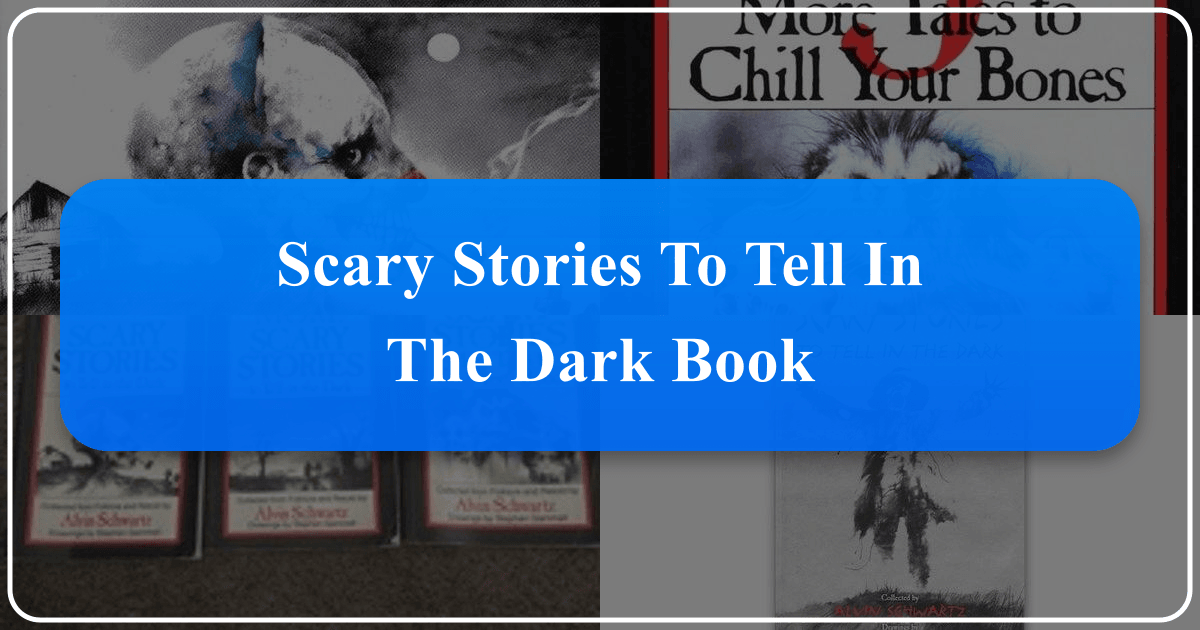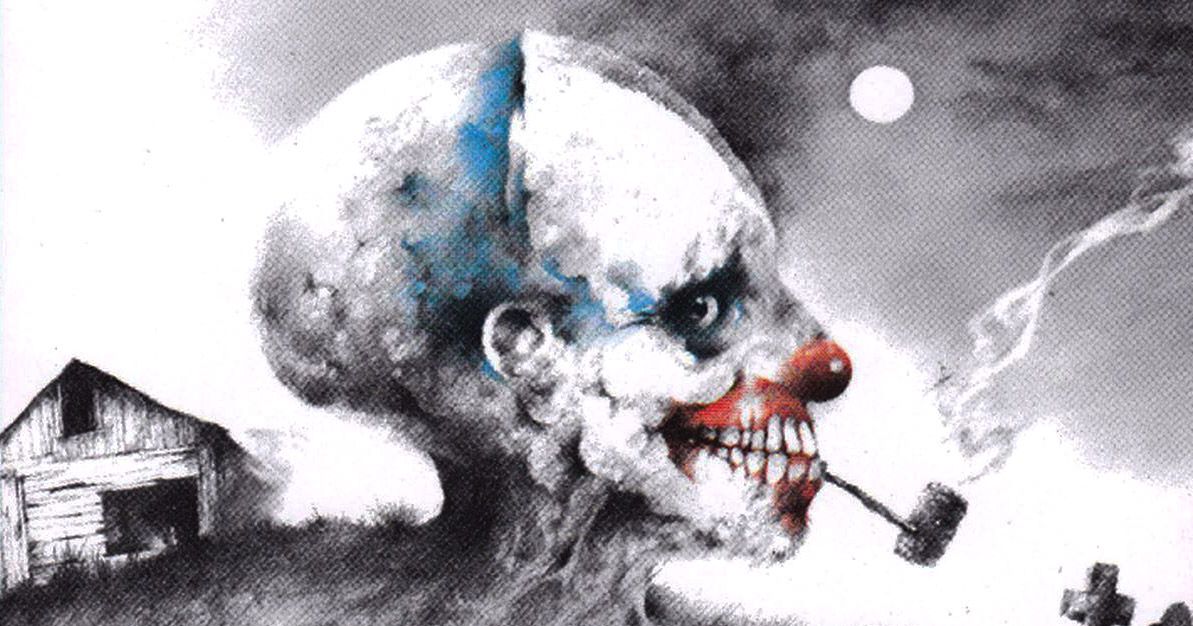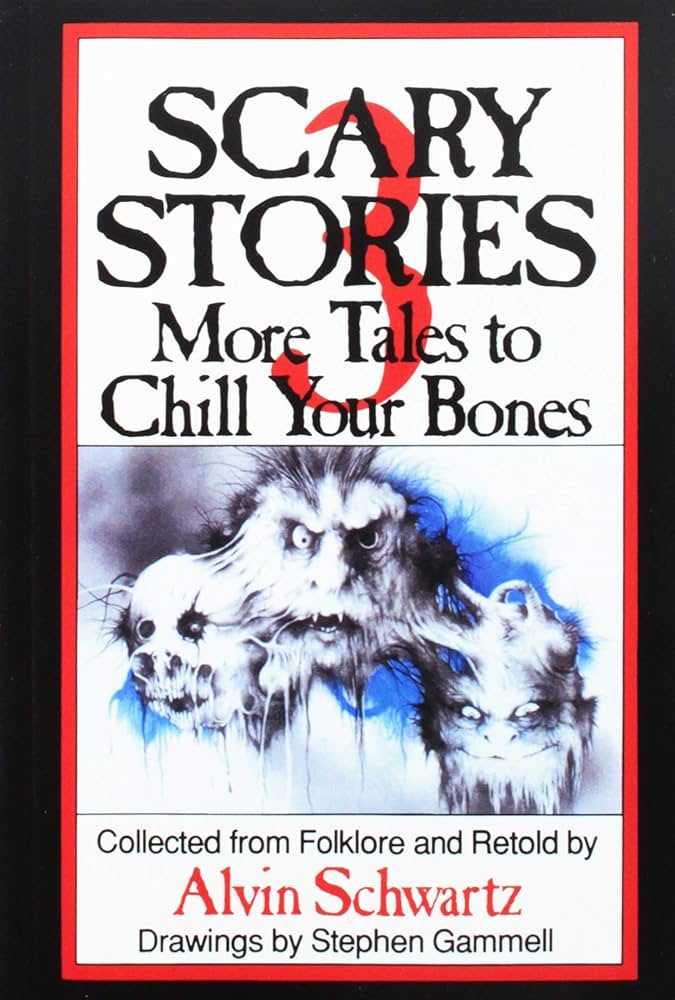*Scary Stories to Tell in the Dark*: A Deep Dive into a Cultural Phenomenon

Alvin Schwartz’s Scary Stories to Tell in the Dark, with its iconic illustrations by Stephen Gammell, is more than just a children’s book; it’s a cultural touchstone. Its enduring popularity, controversies, and adaptations reflect a deeper engagement with themes of fear, folklore, and the anxieties of childhood. This article will explore the book’s impact through various lenses, examining its literary merit, authorial influences, educational aspects, and overall cultural footprint.
The Book: A Horror Anthology for a New Generation
Scary Stories to Tell in the Dark belongs to the horror genre, specifically targeting a younger audience. While classified as children’s literature, the book’s content is undeniably dark and unsettling. It’s a collection of short horror stories, many based on American folklore and urban legends, characterized by their brevity, impactful imagery, and often gruesome or unsettling conclusions. The stories themselves are deceptively simple in their language, making them accessible to younger readers while simultaneously emphasizing the power of suggestion and creating a palpable sense of unease. The stories frequently explore themes of death, the supernatural, and the vulnerability of children, creating a unique blend of childhood innocence and adult horror. The book’s structure, presenting a series of unconnected tales, allows for a wide range of thematic explorations and tonal shifts, contributing to the anthology’s overall effect. The selection of stories reveals a curated approach, emphasizing the visceral and psychological aspects of fear over complex plot structures.

The book’s enduring popularity stems not only from the disturbing nature of the content but also from the effectiveness of its storytelling. The stories are crafted to be easily remembered and retold, fostering a sense of oral tradition and shared experience among readers. This oral aspect, passed from one generation of readers to the next, has significantly contributed to the book’s continued presence in popular culture. The brevity of each story encourages revisiting, allowing readers to discover new layers of meaning or apprehension as they grow older. The compilation, therefore, isn’t just a static collection of tales; it’s a dynamic experience that evolves with the reader’s maturity and perception.
While the content is undeniably scary for children, this is also precisely what contributes to the book’s power and enduring popularity. The stories tap into universal childhood fears—the dark, the unknown, and the vulnerability to unseen threats—and articulate these fears in a way that resonates with both children and adults who remember their own childhood anxieties. This timeless quality underpins the book’s continued relevance and influence, even years after its initial publication.

Bestsellers and the Power of Fear
The “Scary Stories” trilogy (including More Scary Stories to Tell in the Dark and Scary Stories 3: More Tales to Chill Your Bones) became a publishing phenomenon, remaining consistently popular over decades. The books have achieved bestseller status multiple times, proving their continuous appeal. Their position as bestsellers not only demonstrates the market’s acceptance of darker themes in children’s literature but also reveals a significant demand for horror stories aimed at a younger demographic.

The lasting appeal of the series challenges the notion that children’s literature should only be wholesome and cheerful. The success of Scary Stories indicates a significant readership that finds value and engagement in confronting and exploring darker themes appropriate for the age group. This contributes to the larger debate about age-appropriateness in literature and the development of a child’s understanding of fear and risk. Their enduring popularity as bestsellers speaks volumes about how powerful and effective the book’s approach to fear is.
The Authors: Alvin Schwartz and Stephen Gammell
The collaborative effort between author Alvin Schwartz and illustrator Stephen Gammell is crucial to the book’s success. Schwartz, a noted folklorist, meticulously collected and adapted numerous urban legends and folklore tales, creating a compelling narrative collection. His writing style is deliberately simple and direct, avoiding overly flowery language in favor of concise, impactful prose that emphasizes the terrifying essentials. Gammell’s illustrations are equally significant. His unsettling style, with its grotesque imagery and disturbing detail, perfectly complements Schwartz’s tales, heightening the sense of unease and horror. The collaboration, therefore, exemplifies the power of a synergistic approach, where two artistic sensibilities combine to produce a singular and remarkably successful work.
Alvin Schwartz: Master of Folklore Horror
Schwartz’s background in folklore significantly shaped the content of Scary Stories. He wasn’t creating original narratives; rather, he was acting as a collector and curator of existing tales, thereby imbuing them with a certain authenticity and chilling resonance. His selection of stories wasn’t arbitrary; he chose tales that emphasized the psychological and visceral impact of horror, rather than complex plots. He understood the primal nature of fear and skillfully tapped into this, crafting stories that remained simple yet profoundly unsettling. His skill in retelling and adapting existing folklore enhanced its appeal and made it accessible to a young audience.
Stephen Gammell: The Artist of Fear
Gammell’s illustrations are arguably as critical to the book’s legacy as Schwartz’s text. His unique style, characterized by stark black and white drawings, unsettling perspectives, and grotesque details, helped solidify the stories’ impact. The style deviated dramatically from the traditionally cute and colorful aesthetic common in children’s literature; this was deliberate. The drawings were designed to be unsettling and disturbing, to actively unsettle the reader. His choice of medium—the stark contrast of black and white—further amplified the eerie tone of the narratives. Gammell’s work has a powerful effect in complementing and amplifying Schwartz’s text.
Reading and Learning: The Educational Value of Fear
While the book’s primary focus is entertainment, Scary Stories also offers educational value. It introduces readers to a wide range of folklore and urban legends, exposing them to different cultural traditions and storytelling styles. The stories, while disturbing, can also serve as a way for children to explore and process their fears in a safe and controlled environment. The book also inadvertently promotes literacy. The easily readable stories can encourage younger readers to engage with more complex texts and, therefore, enhance reading fluency.
Life Lessons from the Dark
The narratives within the anthology can contribute to a child’s development of critical thinking skills. The stories often contain elements of moral ambiguity, forcing the reader to analyze the motivations and consequences of the characters’ actions. They also offer opportunities for discussions about themes of death, revenge, and the consequences of actions. The exploration of these dark themes through story creates an avenue for indirectly learning about personal responsibility, risk management, and the importance of ethical behavior.
The books implicitly encourage children to examine their own anxieties and fears. The narratives may evoke strong emotional responses; the processing of such responses can enhance emotional intelligence. The ability to identify and understand their own fears helps children in managing them effectively later in life. This indirect educational value is a significant component of Scary Stories’ lasting impact.
Libraries and Archives: Preserving the Legacy of Fear
Scary Stories to Tell in the Dark has been both celebrated and challenged in libraries and schools across the country. The controversies surrounding the book underscore its profound effect and its ability to generate conversation regarding age-appropriate content and freedom of expression in educational settings. The persistent presence of the books in libraries, often despite controversies, reinforces its position as a significant work of children’s literature. The various editions and re-releases of the book, along with its archive within libraries and educational settings, demonstrate its enduring cultural relevance. The book’s place in library and school collections reflects society’s ongoing relationship with the themes of folklore, fear, and the development of emotional literacy within children.
Digital Libraries and Accessibility
The availability of Scary Stories in digital libraries broadens its accessibility, allowing readers worldwide to experience this cultural phenomenon. Digital platforms such as Kindle Unlimited provide easy access to the anthology’s texts, allowing it to reach an even broader audience than previously possible. The widespread availability and accessibility of the “Scary Stories” trilogy through digital libraries indicate that the book continues to resonate with readers, regardless of their location. This expanded access facilitates discussions about the book’s themes among readers of diverse backgrounds and ages.
Cultural Impact: From Book to Film and Beyond
The cultural impact of Scary Stories to Tell in the Dark is immense. It has sparked numerous conversations about age-appropriateness in children’s literature, challenged traditional notions of acceptable content for young audiences, and fostered a distinctive sense of shared experience among readers. Its adaptation into a feature film in 2019 extended its reach to an even wider audience.
Adaptations and Awards
The 2019 film adaptation, while not directly replicating the stories from the book, captured the book’s essence and spooky atmosphere. The film’s commercial success further solidified Scary Stories’ influence in popular culture. While the book itself hasn’t won numerous prestigious literary awards, its lasting popularity and cultural impact might be considered a form of critical acclaim.
Communities and Shared Experience
The book has fostered a unique community of readers who share their experiences and memories related to the series. Online forums and social media platforms are filled with discussions about the book’s most unsettling stories, its striking illustrations, and personal memories of encountering the book as children. This shared experience created by the anthology, passed through generations, forms a crucial aspect of its overall cultural impact. The persistent online presence and ongoing discussions about Scary Stories demonstrate its continued resonance with readers across generations and exemplify the power of a shared cultural experience.
In conclusion, Scary Stories to Tell in the Dark transcends its classification as a simple children’s book. It is a potent cultural phenomenon that continues to captivate and disturb readers across generations, leaving an enduring mark on the landscape of children’s literature, folklore, and the cultural understanding of fear. Its longevity and influence, whether explored through the lenses of genre, authorship, educational value, library collections, or film adaptations, highlight its enduring power and lasting resonance.